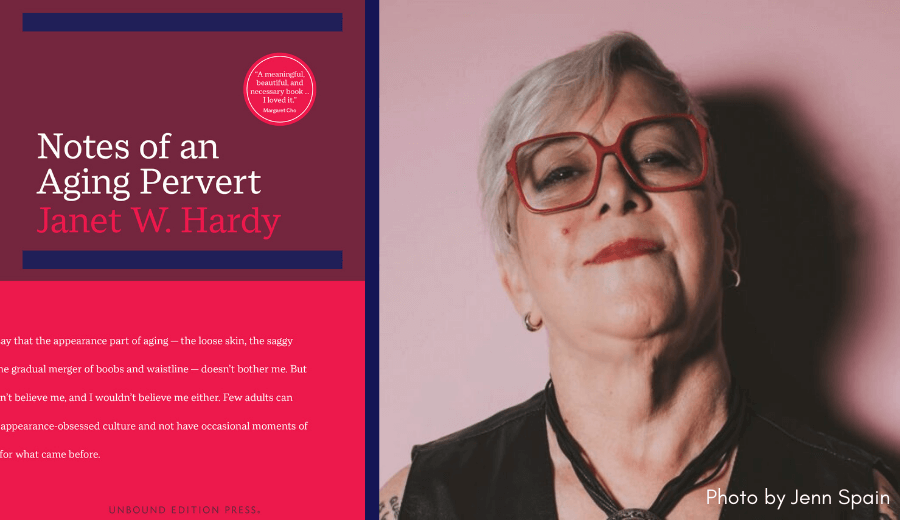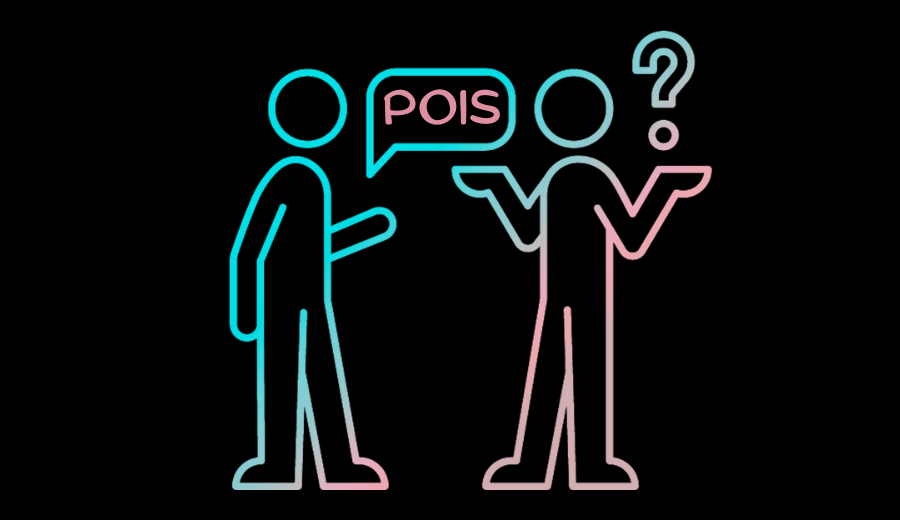

Complex clinical cases? Three reasons not to miss this book!
At this stage of my career, I feel in a privileged position. I love and respect my job; I always find something that attracts my attention and is worth diving into. That’s why I have chosen to devote my time and energy to educational projects that bring innovation to our field.
This book results from a great collaboration between top experts dealing with challenging topics. When you meet specific patients, you will hope you have read it.
About the content
There are a few rare sexual medicine conditions unknown by most healthcare providers (HCPs). Each condition consists of debilitating symptoms characterized by sexual dysfunction, somatic symptoms, and psychological disorders that persist for an extended period.
Due to a lack of awareness, knowledge, and limited scientific research among HCPs, these rare conditions are underdiagnosed and underreported, and the true prevalence is still unexplored. At the same time, internet platforms include thousands of patients suffering from these syndromes. As sexuality carries a lot of stigma and taboo, these situations remain largely unexpressed and unspoken. Specifically, they are:
- Penile Dysmorphic Disorder (PDD)
- Persistent Genital Arousal Disorder/Genitopelvic Dysesthesia
- Post-SSRI Sexual Dysfunction (PSSD)
- Post-Finasteride Syndrome
- Orgasmic Anhedonia
- Headache Associated with Sexual Activity
- Post-Orgasmic Illness Syndrome (POIS)
This book aims to increase awareness and provide knowledge and skills to HCPs, so they will be able to support their patients. The available knowledge from the medical literature and clinical experience is summarized, outlining possible pathophysiological mechanisms. According to expert opinion, clinical management includes biological-psychological-social contributing factors.
This publication is a unique scientific collection that was not available so far, and it is written in understandable language for patients and their relatives interested in these conditions.
Why it’s worth reading
Most of us aim to develop professionally. That’s why we invest time in selecting our updating resources. So, why is it important to get this textbook in our library? Well, here you have my good reasons that may apply to some of you:
- Being able to help my patients. I see many patients asking for a second/third/* opinion. They may feel resigned, discouraged, if not desperate, because they’ve tried different solutions and treatments, but the problem persists. Sometimes, it seems they want to hear there is no more option available so that they can mourn the loss of a healthy sexual life and intimacy. But of course, this is only an ultimate defense mechanism when the hope is reduced to a candle’s flame.
Some of them are affected by one of the conditions mentioned above. I often discovered during the assessment that the previous professionals worked alone with the patient, did not ask specific questions during the sexual history taking, and did not make a differential diagnosis. Therefore, the treatment plan was influenced by an incomplete picture of the person or the couple. Above all, they didn’t involve the patient in the reasoning and the decision-making about the therapeutical steps.
Let’s be honest: we can’t be experts on everything. Even when we studied these disorders and got updated in a congress, we tend to forget management algorithms and pathophysiological mechanisms that underpin the disease. Sometimes we remove the diagnosis from our brain, putting it in a remote corner of our knowledge. That’s why I do not only read a paper, but I own a book when it is well done, as I will go back to it anytime I need to refresh my understanding of a clinical situation. And most important, I’m able to recognize if I’m the right professional to help in that case, if I need to refer my patient to a more competent one, and work multidisciplinary. Recognizing the patient’s complaints or concerns and clarifying our limited understanding of the condition and treatment approaches can make a difference in the patient’s life and improve the patient-clinician relationship and alliance.
- Think outside the box. We should always apply the evidence-based practice. It means a problem-solving approach to delivering health care that combines the best evidence from studies and patient care data with clinician expertise, patient preferences, and values. But what happens when we have sexual conditions with limited evidence of their clinical and pathological features? These are the ones the editors have selected for this book, where a distinguished pool of specialists was invited to contribute by giving their best knowledge and clinical opinion. Authors were asked to concentrate on what is known and what can be done, even if some clinical options have no clear consensus among the scientific community. The reader feels comfortable following a uniform design and structure for the chapters, according to the definition of the disorder, epidemiology, clinical presentation, bio-psycho-social contributing factors, pathophysiological mechanism, and clinical management. This is something I appreciate very much: when I read for my professional development, I welcome to be walked on a journey in which I can trust the guide, the destination, and the discovery; think critically, change my mind and raise my awareness. I want to have something that has a solid box in my hands but will also bring me outside the box.
- Learn from the best. The value of this project relies on the robust competence and scientific line of each expert that reviewed the available evidence and shared their expertise and practical skills to write their chapter. Caroline Pukall, David Veale, Emmanuele Jannini, Irwin Goldstein, Jim Pfaus, Faysal Yafi, Rafi Heruti, Johannes Bitzer, just to cite some of them, and of course, my excellent co-editors Yacov Reisman and Lior Lowenstein. Someone may guess that being among the editors of a textbook with different contributions is boring, as you have to revise each manuscript and go back to the authors if needed. I love learning; that’s my gift. And what I can tell, reading the whole thing, is that not only was it precious to put in order my previous knowledge, adding updated information, but also a pleasure to learn from the best in sexual medicine. The mistake we often make as psychosexologists is to underestimate the importance of understanding the physiology of the sexual response or the involvement of the central nervous system in inducing or inhibiting our sexual functioning and experience. Therefore, we end up working alone, in our office, without investing in building an interdisciplinary network to collaborate with, at least for difficult cases. That is undoubtedly NOT SUGGESTED in this book. All HCPs, whether experienced or naïve in clinical sexology, will be inspired to work multidisciplinary by reading about these diseases.
Here we learn to pay attention to the patient’s needs, to listen carefully, assess precisely, spend time educating them about their condition, and build trust before suggesting a treatment.
Last but not least, the best to me are not only those who have already reached a position in the scientific Olympus but also the co-authors, motivated and skilled colleagues that make things possible by doing the hard work of collecting papers, revising, writing, and bringing new inputs with their investigations. They highlight controversy and missing data, opening new research lines for young and curious minds.
Francesca Tripodi





